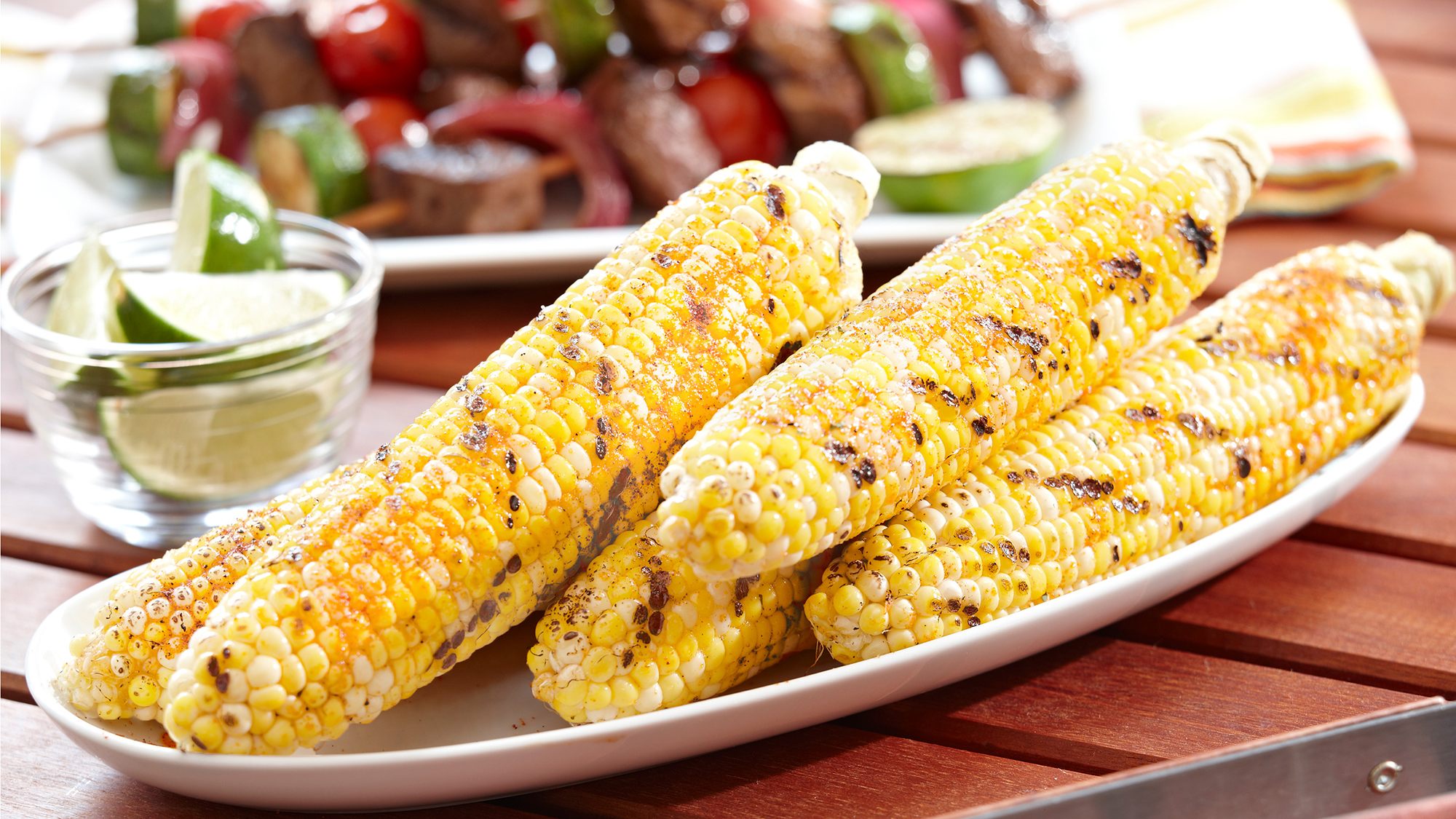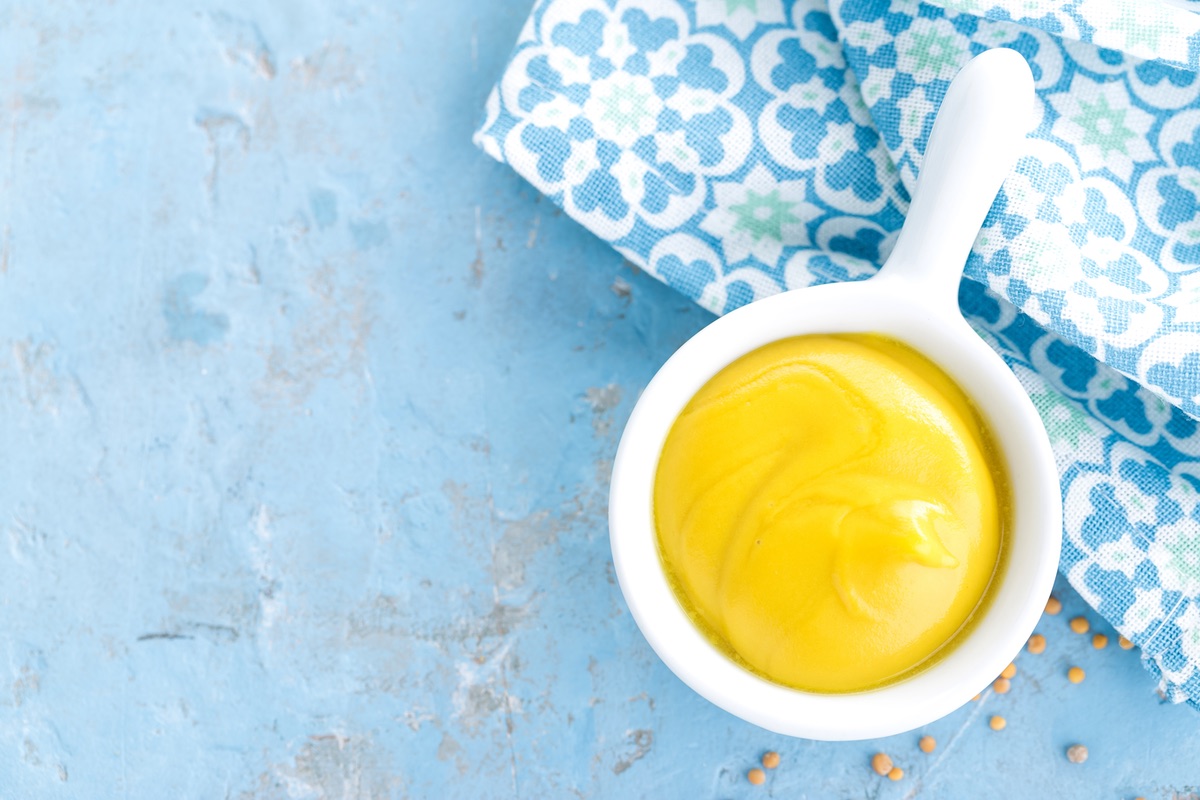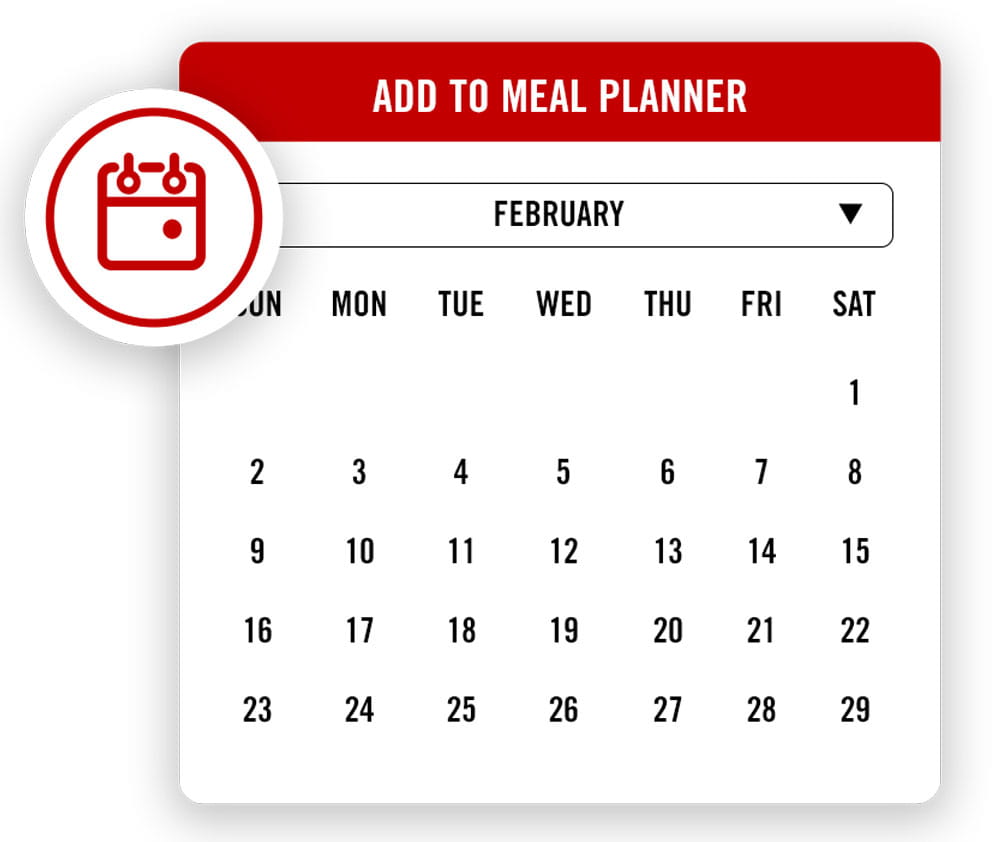There are few things more impressive than a perfectly cooked piece of fish: crackly, salty skin giving way to large flakes of tender flesh. While it may seem like a task for a chef with an industrial ventilation hood and culinary school education, prepping the idyllic fish fillet is just as easily done in a home kitchen.
I’ve developed a foolproof method that's perfect for dinner parties, as most of the prep can be done far in advance. Marinating your fish after searing it may seem counterintuitive, but it ensures the crispiest, most flavorful broiled result.
Here's how it works: I begin by quickly searing the skin-side of quality fish well before mealtime. Then, I put the uncooked side of each filet in a simple, salty marinade—and when it’s time to eat, I use my oven’s broiler to re-crisp the skin and gently cook the fish in less than five minutes.

This leaves me plenty of time to set the table, clean up the kitchen, enjoy a drink, or chat with guests if I'm hosting—and I never have to worry about a dry or soggy result. As for how to serve it? With a squeeze of lemon, and only a dash of smug satisfaction at how simply it came together.
First things first: Choose the right fish
Simple, focused cooking always requires top quality ingredients. Avoid frozen or previously frozen fish; it can get watery and sinewy during cooking. Super-fresh fish always has an appetizing sheen and smells faintly oceanic without any cloying fishiness.
Salmon is an obvious choice—it’s affordable and fatty, reliably silky when done properly—but this technique will work well with any thick, skin-on fish fillet. Whatever the type of fish, I like to cut it into single serving portions before cooking. I cut into the fish flesh-side facing up; fish skin is much easier to slice through when it’s right against the cutting board.
Sear it ahead of time!
Crispy fish skin is one of life’s finest pleasures, but it can be stressful, smoky, and splattery to execute in the midst of a dinner party.
My trick is to sear fish fillets on a very hot pan well before mealtime. I let my cast-iron heat up over high heat for a few minutes before adding a generous sprinkle of salt and just a drop of vegetable oil, which doesn’t blacken and burn like butter or olive oil.

Then, I quickly lay each fillet down with its skin touching the pan, using a spatula to gently press down and ensure an even sear. After a minute or so, each fish fillet will have a beautifully browned and crisp skin side, with the flesh still largely raw. Remove the fish immediately from the pan, keeping the flesh of the partially seared fillet as uncooked as possible.
Then marinate
Next, I make a flavorful marinade on a sheet pan for the pre-seared fillets to rest in. Always stick to something simple and salty: olive oil, salt, and smashed garlic is a surefire bet, but I also like to use miso, soy sauce, or fish sauce. A sprinkling of pepper or chilies is never a bad idea, either.
It’s difficult for flavor to penetrate through skin, so I arrange the fillets with their flesh against the pan and marinade. If you’re cooking within an hour, just leave your marinating pre-seared fish out on the countertop. Otherwise, pop them in the fridge where they can sit, sopping up flavor, for up to twelve hours.
Anyways, the messy part is over: this is when I pour myself a big glass of wine, set the table, clean up the kitchen, or focus on other dishes.
Finish under the broiler
Under the broiler’s intense and direct flame, a sheet pan of marinated and pre-seared fish finishes cooking in only a few minutes: each fillet will come to a perfect medium-rare temperature while its skin re-crisps perfectly.
If the pre-seared fish was resting in the fridge, take it out about 30 minutes before cooking. Room temperature fish cooks more quickly and evenly than cold fish.

Make sure that the fish skin is about six inches away from the broiler’s flame—any closer and the skin will burn in the time it takes to finish cooking. Keep individual fillets squished together, so that hot air can not overcook or dry out their sides.
The fish should be perfectly finished in four or five minutes, so watch it carefully. If it’s undercooked to anyone’s liking, no stress—just put it back in the broiler for another minute or two. Voilà—succulent, medium rare fish with deeply browned and crispy skin.
Accessorize
A perfect piece of fish needs nothing more than a squeeze of lemon. That being said, it’s easy to prepare simple vegetable sides that finish cooking below the fish.

Small potatoes, cherry tomatoes, mushrooms, or cruciferous greens roast up easily with olive oil and salt in a hot oven. Even easier, finished fish fillets go great with a pile of kimchi, a slaw of thinly sliced celery and herbs, or wrapped in crispy lettuce cups.
But don’t stress about the plating — just try not to flex too hard when you calmly deliver shimmering, golden brown, ultra crispy, perfectly tender fish to the dinner table.
This article was written by Jonah Reider from Food & Wine and was legally licensed through the NewsCred publisher network. Please direct all licensing questions to legal@newscred.com.








